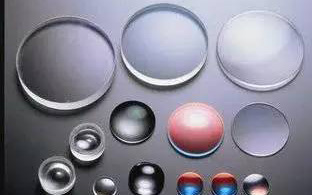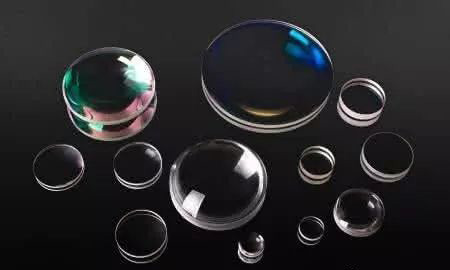Machine Vision in Industrial Automation
May. 31, 2022
Machine Vision in Industrial Automation
Machine vision is the study of replacing the function of biological vision with computers and visual sensors. It acquires images of objective things, trying to understand and analyze, processing and interpreting, so as to be used for detection and distinction.

Machine vision systems typically capture images through industrial cameras and transmit the images to a processing unit for digital processing. Information such as color, brightness, and pixel distribution, determines the integrity, size, shape, color and other characteristics of the detected object. According to the analysis results, it judges whether the inspected items meet the requirements of production and application.
A machine vision system consists of industrial cameras (objective lenses), light sources, and vision software. Industrial cameras (objective lenses) are used to photograph objects or areas to be detected. The acquired images are converted into image signals. The light source illuminates the object or area under test so that objective lenses capture the images. Vision software analyzes the characteristics of the object or area being measured based on the image signal. Finally, it outputs the processing result.
The detection system with CCD in machine vision requires the optical system to have clear imaging, strong light transmission, less stray light, uniform image illumination distribution, small image geometric distortion, sufficient relative aperture, and adjustable focal length aperture. Due to the long photosensitive area of a line scan camera with CCD, an objective lens with a larger field of view is generally required. According to the imaging principle of optical lenses, the focal length, relative aperture, and field of view of optical lenses are determined. The larger the relative aperture, the more light energy is collected and the higher the illuminance of the image field. Objective lenses adjust the brightness by adjusting the aperture.

Machine vision is mainly used in the semiconductor and electronic industries, such as PCD printed circuits, SMT surface mount, reflow soldering of solder, electronic processing equipment, quality inspection and express sorting and other applications. 3D machine vision is mainly used in fruits and vegetables, wood grades, baked goods, cosmetics, electronic components and pharmaceutical products.
Machine vision replaces the traditional manual detection method for objective measurement. It improves the production qualification rate, product quality and production efficiency. It scraps inferior products early in the production process, saving costs, reducing waste, and automating production. This technique is ideal for imaging of product features such as height, shape, quantity, and even color. Machine vision excels in quantitative measurements due to its speed, accuracy, and repeatability. On a production line, machine vision systems inspect thousands of parts per minute through pattern matching and easily analyze details of objects that cannot be seen by the human eye.
CLZ Optical Co., Ltd. has long provided customers with various custom optical lenses for high-precision objective lenses and line scan cameras, including custom biconvex lenses, custom plano-concave lenses, custom plano-convex lenses and custom doublet lenses. Look forward to cooperating with you.




















